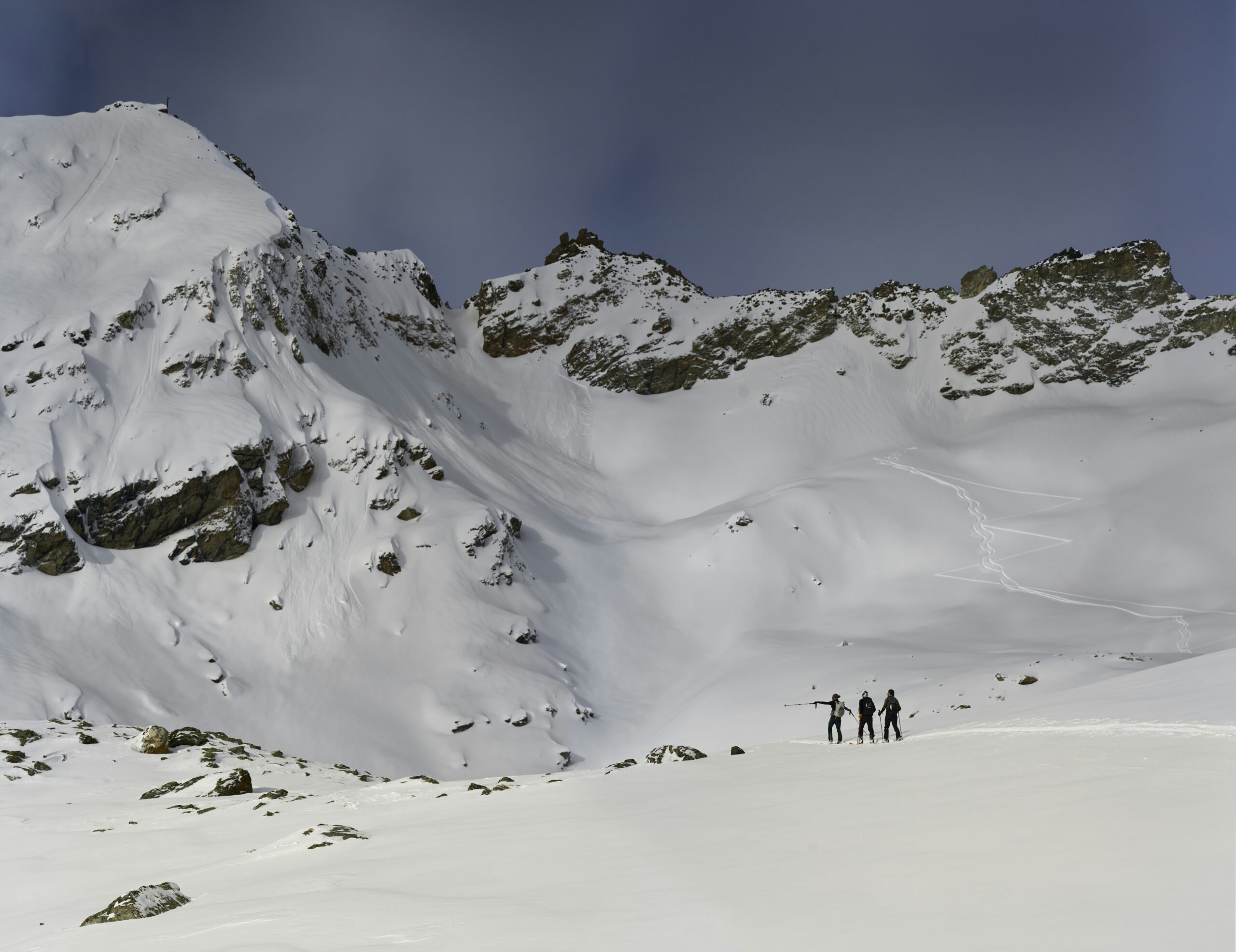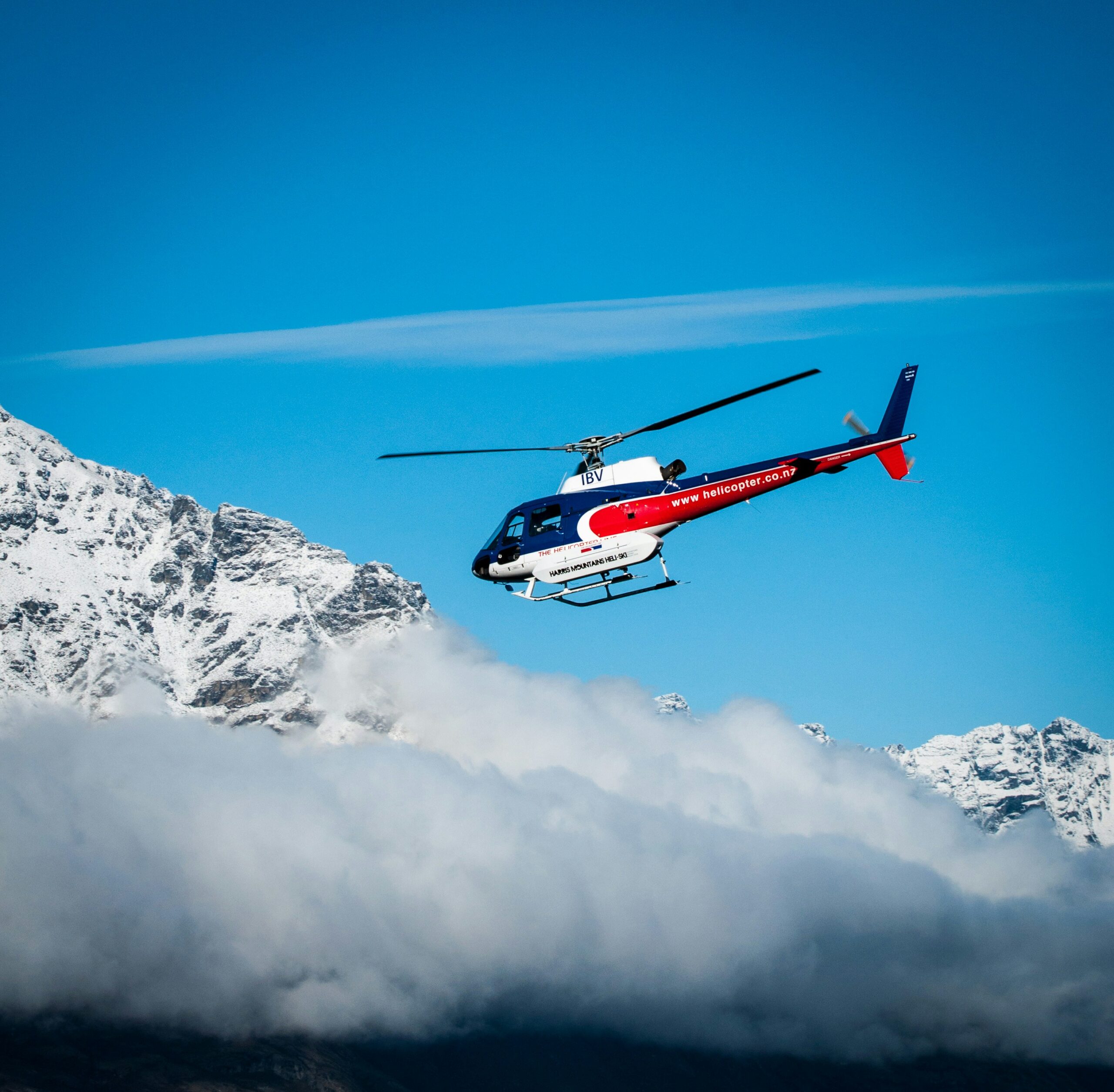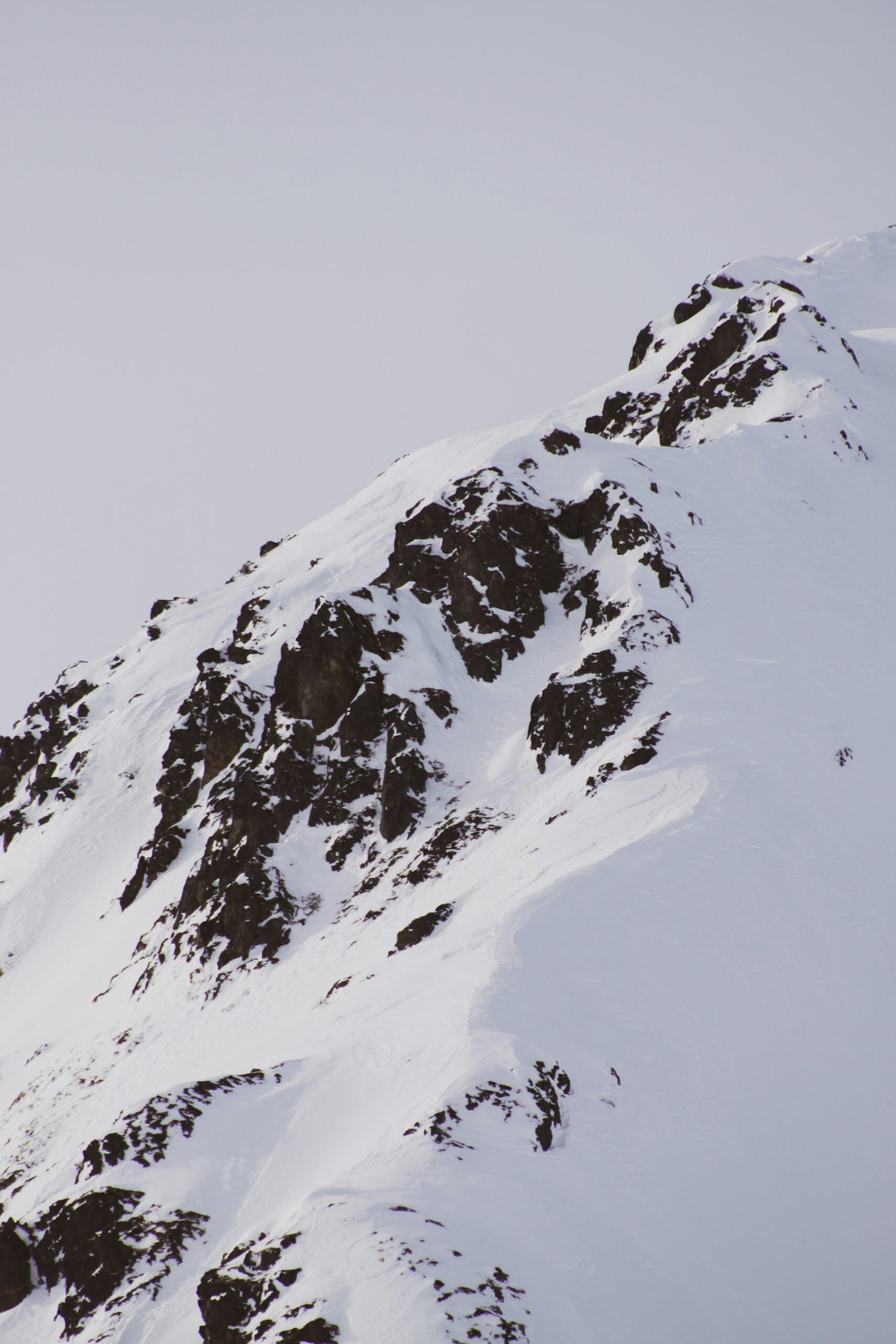In the captivating wilderness of Mount Shasta, snow caves can offer both an exhilarating and daunting adventure. These icy formations are often sought out by seasoned mountaineers and adventurous tourists alike. However, the question arises: has anyone lost their life to asphyxiation within these frosty sanctuaries? This article delves into the chilling realities and potential dangers of snow caves on Mount Shasta, shedding light on how these natural shelters, while enchanting, can turn perilous under certain conditions. Have you ever wondered if anyone has died due to asphyxiation in snow caves on Mount Shasta? This question isn't just a figment of a vivid imagination but a sobering reality that anyone venturing into the vast, wintry conditions of Mount Shasta should understand. Snow caves, while serving as emergency shelters or for adventurous tourism, carry an array of risks that need to be thoroughly understood. One of those risks is asphyxiation.
In this article, we'll explore the intriguing yet sometimes tragic history surrounding snow caves on Mount Shasta and whether people have indeed died from asphyxiation in these icy shelters. We aim to provide detailed, easy-to-understand, and informative insights on this topic to ensure you're well-prepared for your next winter adventure.

The Appeal and Risks of Snow Caves
Why Build a Snow Cave?
Snow caves are often built by mountaineers and winter campers as emergency shelters or even for recreational purposes. These caves offer many benefits: they're relatively easy to construct, provide good insulation, and can be lifesaving in a blizzard.
The Allure of Mount Shasta
Mount Shasta, an awe-inspiring stratovolcano in Northern California, attracts numerous adventurers year-round. Its breathtaking vistas and challenging terrains make it a popular destination for climbers and winter enthusiasts.
| Reasons People Visit Mount Shasta | Details |
|---|---|
| Natural Beauty | Magnificent landscapes and diverse ecosystems |
| Mountaineering Challenges | Tough yet thrilling climbing routes |
| Winter Activities | Skiing, snowboarding, and snow cave construction |
The Dark Side of Snow Caves
Despite their advantages, snow caves come with inherent risks. They can collapse, the air inside can become limited, and temperature regulation can be problematic. Asphyxiation is a particularly insidious danger that many people overlook.
Understanding Asphyxiation
What Causes Asphyxiation?
Asphyxiation occurs when the body is deprived of oxygen. In the context of snow caves, this can happen for a variety of reasons, including poor ventilation, rapid snowfall sealing off the entrance, or prolonged occupancy within a small, enclosed space.
The Biology of Asphyxiation
When deprived of oxygen, your body starts to shut down vital processes. Initially, you might experience dizziness and shortness of breath. If the condition persists, it can lead to unconsciousness and eventually, death.
| Stages of Asphyxiation | Symptoms |
|---|---|
| Mild | Shortness of breath, dizziness |
| Moderate | Confusion, rapid heart rate |
| Severe | Unconsciousness, organ failure |
| Fatal | Death |

Has Anyone Died Due to Asphyxiation in Snow Caves on Mount Shasta?
Historical Accounts
Despite the inherent dangers, documented cases of asphyxiation deaths in snow caves on Mount Shasta are surprisingly rare. Most mountaineering accidents reported tend to involve avalanches, falls, or exposure to extreme cold rather than asphyxiation.
Notable Incidents
While asphyxiation-specific deaths on Mount Shasta may not be well-documented, there have been fatalities stemming from similar conditions in other snowy terrains. These incidents serve as grave reminders of the potential for asphyxiation in snow caves.
| Incident Location | Year | Cause |
|---|---|---|
| Mount Hood, Oregon | 2006 | Avalanche entrapment |
| Denali, Alaska | 2012 | Poor ventilation in snow shelter |
| European Alps | Varied | Asphyxiation during blizzards |
Expert Opinions
Experts generally agree that the key to preventing asphyxiation in a snow cave lies in proper construction and frequent air checks. Ensuring good ventilation can mean the difference between life and death.
Prevention and Safety Tips
Constructing a Safe Snow Cave
The first step in preventing asphyxiation is knowing how to build a snow cave correctly. Key tips include:
- Location: Choose a stable, elevated area.
- Size: Make it large enough for ventilation but small enough to retain heat.
- Ventilation Hole: Always dig a small ventilation hole in the roof.
- Entrance: Construct a lower entrance to allow for cold air to escape.
Maintaining Your Snow Cave
Building the cave is just the first step. Once it's built, you have to maintain it to ensure sustained safety:
- Regularly Check the Ventilation Hole: Snow can rapidly seal this off.
- Monitor Carbon Dioxide Levels: Be wary of excessive exhalation in confined spaces.
- Avoid Long-Term Occupancy: Rotate usage if you're with a group to limit CO2 accumulation.
Emergency Preparedness Kits
Always have an emergency preparedness kit that includes:
- Oxygen masks
- Carbon dioxide detectors
- Snow shovels
- Thermal blankets

Real-Life Testimonials
Andrew's Story
Nine years ago, Andrew experienced a terrifying close call when trapped in a snow cave on Mount Shasta. Frequent checks and an emergency oxygen mask allowed him to escape the ordeal without harm.
Sarah's Experience
Sarah, an experienced mountaineer, recounts how a ventilation hole saved her life during an unexpected snowstorm. Her story emphasizes the importance of following safety guidelines to the letter.
Conclusion
So, has anyone died due to asphyxiation in snow caves on Mount Shasta? While specific cases might be sparse, the risk is palpably present. This reality underscores the necessity of understanding the dangers and taking all possible precautions. By educating yourself and adhering to safety guidelines, you can enjoy the majestic beauty and thrilling challenges of Mount Shasta while minimizing the risks. Stay safe and venture wisely, for the mountains, while inviting, demand respect and preparedness.
We hope this article has shed light on the complexities of snow cave experiences and the importance of safety on Mount Shasta. Enjoy your next adventure with the confidence that you’re well-prepared and fully informed!
